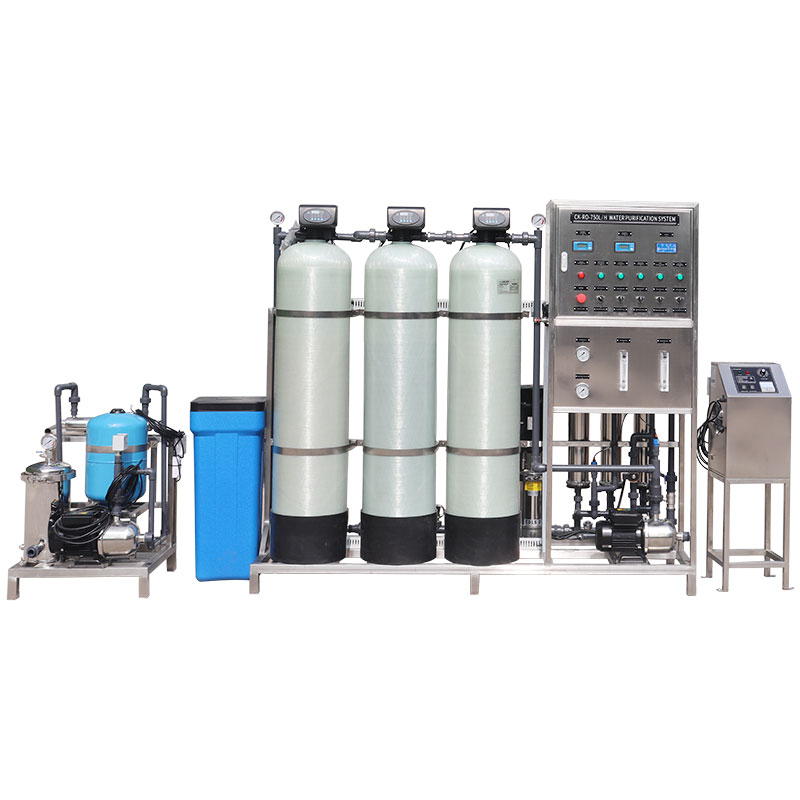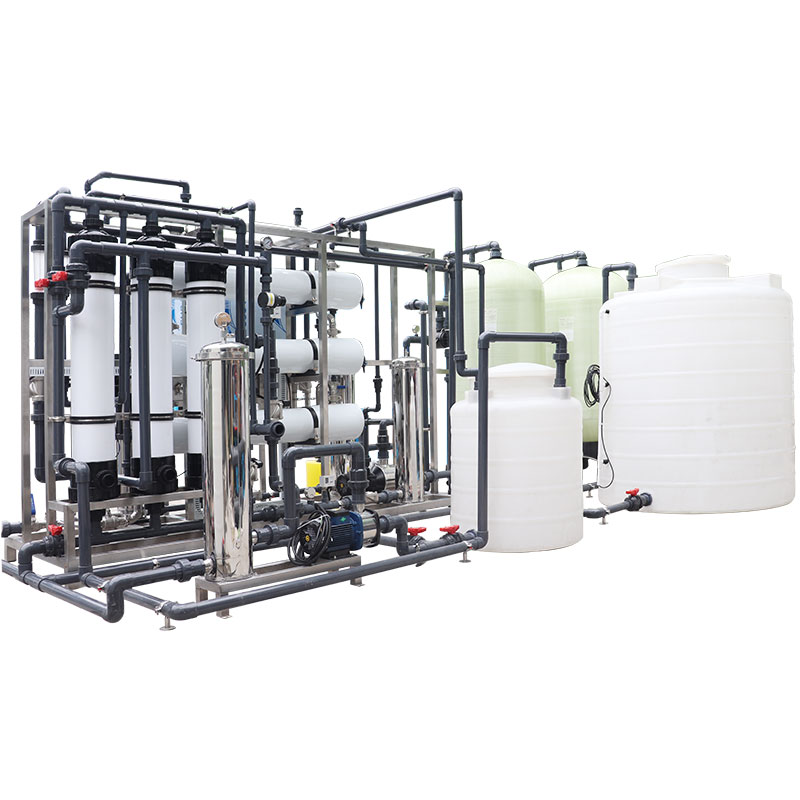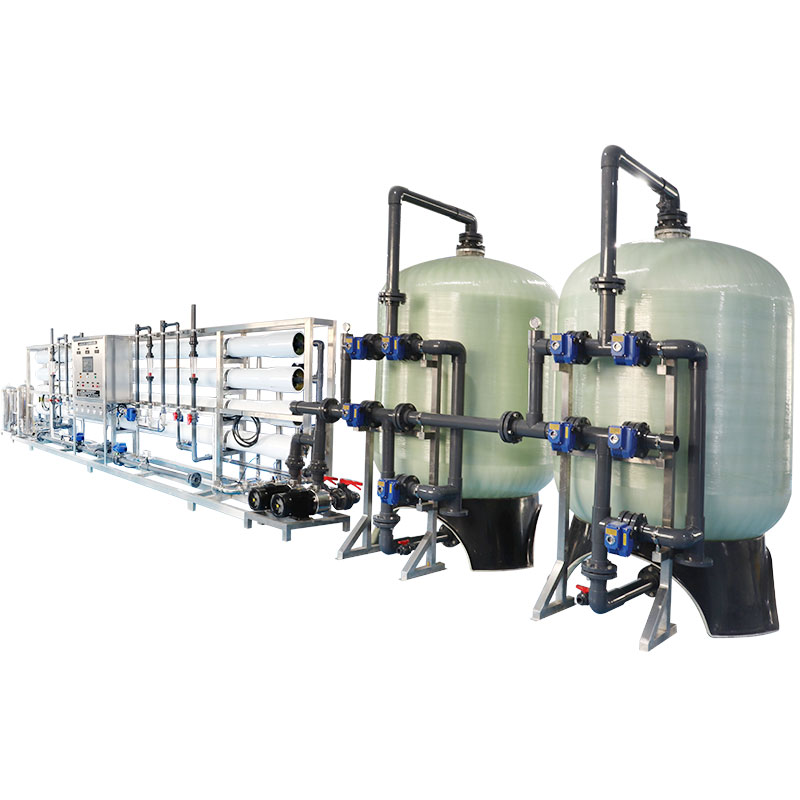How is laundry water treated? What equipment is needed?
Laundry water is an important component of sewage generated in households and industries. This type of water usually contains a large amount of detergents, dirt and other chemicals, so it needs to be effectively treated before discharge to reduce pollution to the environment. , So, how is laundry water treated? What equipment is needed in the treatment process? This article will answer these questions in detail.

What is laundry water?
Laundry water, as the name suggests, is wastewater generated in the process of washing clothes. The main components of this type of water include: detergents and chemicals, dirt and organic matter, and suspended matter in the water.
Because laundry water contains a large amount of pollutants, if it is directly discharged without treatment, it will cause serious pollution to the environment, especially to water bodies and soil. Therefore, the treatment of laundry water is very necessary, which can not only reduce damage to the environment, but also provide the possibility of reuse of water resources.

How is laundry water treated?
The treatment process of laundry water usually includes several key steps, each of which requires the use of specific equipment to ensure that the water quality meets the discharge standards or can be reused.
1. Preliminary filtration
In the process of laundry water treatment, preliminary filtration is the first step, and its main purpose is to remove large suspended particles in the water, such as fibers, sand, dust, etc. This step is usually completed by mechanical filtration equipment.
● Mechanical filter: Mechanical filters use screens or filter media to intercept large particles in the water. Filters with different pore sizes can be selected according to the composition and treatment requirements of the laundry water. The water after preliminary filtration still contains a large amount of fine particles and dissolved substances, which need further treatment.
2. Sedimentation and coagulation
After preliminary filtration, there are still a large number of suspended particles and colloidal substances in the laundry water, which are not easy to remove by simple filtration. Therefore, sedimentation and coagulation treatment is required.
● Sedimentation tank: The sedimentation tank is a large water pool. By reducing the water flow rate, the suspended particles in the water gradually settle to the bottom of the pool, thereby achieving solid-liquid separation. Sedimentation tanks are often used to remove most suspended matter and organic matter in water.
● Coagulant dosing system: Coagulant is a chemical substance, usually polyaluminum chloride or iron salt. When added to laundry water, these chemicals cause colloids and tiny particles in the water to aggregate into larger flocs, which accelerates the sedimentation process. The coagulant dosing system is used to control the amount of coagulant to ensure the best treatment effect.
3. Biological treatment
Laundry water after sedimentation and coagulation still contains a large amount of dissolved organic matter, which is difficult to remove by physical or chemical methods, so biological treatment is required. Biological treatment uses the metabolism of microorganisms to break down organic matter in the water into harmless substances.
● Activated sludge method: This is one of the most commonly used biological treatment methods. In the activated sludge method, laundry water is mixed with activated sludge containing a large number of microorganisms. The microorganisms use the organic matter in the water as a nutrient source and break it down into carbon dioxide, water and other inorganic substances. The treated water is clearer and the organic matter content is greatly reduced.
● Biofilter: The biofilter is a more common biological treatment equipment. When water passes through the filter, the microorganisms in the filter will attach to the filter material and break down the organic matter in the water. This treatment method has the advantages of high treatment efficiency and small footprint, and is suitable for the treatment of household and small commercial laundry water.
4. Chemical treatment
The laundry water after biological treatment may still contain some difficult-to-degrade organic matter and residual chemicals, especially the surfactants in the detergent. At this time, chemical treatment is needed for further purification.
● Oxidation treatment: Oxidation treatment is a commonly used chemical treatment method. Organic matter in water is oxidized and decomposed by adding oxidants (such as ozone and hydrogen peroxide). Ozone oxidation is a more common treatment method. It can not only remove organic pollutants, but also has a bactericidal effect.
● Activated carbon adsorption: Activated carbon has a strong adsorption capacity and can effectively remove organic matter, odor and residual chemicals in water. In the laundry water treatment process, activated carbon is usually used in the deep treatment stage to ensure that the effluent water quality meets the use or discharge standards.
5. Disinfection treatment
Although most of the pollutants have been removed from the laundry water after the above steps, it may still contain some bacteria and viruses. In order to ensure water safety, disinfection treatment is an essential step.
● Ultraviolet disinfection: Ultraviolet disinfection is an efficient physical disinfection method. Through ultraviolet irradiation, the DNA structure of microorganisms in the water is destroyed, thereby achieving a sterilization effect. This method does not produce by-products and is suitable for terminal disinfection of laundry water.
● Chlorine disinfection: Chlorine disinfection is a chemical disinfection method that kills bacteria and viruses in the water by adding chlorine or sodium hypochlorite to the water. Chlorine disinfection has the advantages of low cost and simple operation, but the amount of chlorine added needs to be controlled to avoid the production of by-products that are harmful to the human body.

What equipment is needed for laundry water treatment?
The treatment of laundry water involves multiple steps, and each step requires specific equipment to complete. The following is a summary of the equipment commonly used in the laundry water treatment process:
1. Mechanical filter: used for preliminary filtration to remove large suspended particles.
2. Sedimentation tank: used to precipitate and remove suspended particles and organic matter in the water.
3. Coagulant dosing system: used to add coagulants to accelerate flocculation and sedimentation.
4. Activated sludge tank or biological filter: used for biological treatment to decompose organic matter in water.
5. Oxidation treatment equipment: such as ozone generators, used to oxidize and decompose organic pollutants.
6. Activated carbon adsorber: used for deep treatment to remove residual pollutants in water.
7. Ultraviolet disinfector or chlorine disinfection system: used for disinfection and killing microorganisms in water.
Practical application of laundry water treatment
Laundry water treatment is widely used in both industry and households. For institutions such as industrial laundries, large hotels and hospitals, laundry water treatment systems can help them reduce sewage discharge, reduce water bills, and comply with environmental regulations. For household users, especially in areas using well water or groundwater, laundry water treatment systems can increase water reuse and reduce environmental impact.




